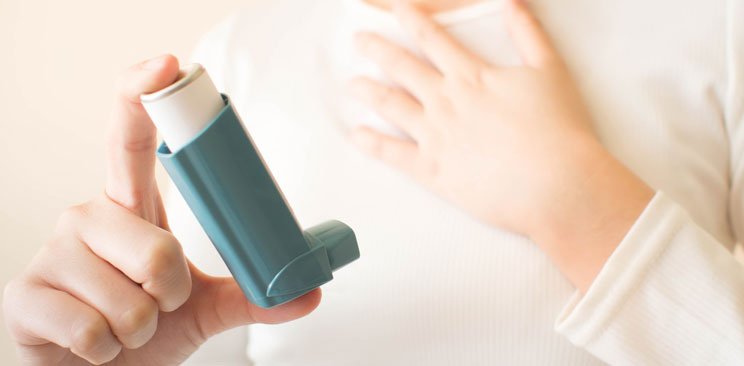The National Asthma Council Australia has launched a new Allergic Rhinitis Treatments Chart for pharmacists in time for the return of the winter flu season.
The downloadable chart outlines the main intranasal treatment options for allergic rhinitis and can be displayed to help pharmacists explain the range and types of treatments currently available to patients. It includes prescription only, pharmacy only and non-prescription products.
National Asthma Council Australia spokesperson and pharmacist, Dr Jenny Gowan says seasonal viral respiratory infections are among the most common triggers for asthma flare-ups, including potentially serious acute asthma, in adults and children.
“The flu season in Australia is usually June to September and peaks in August and with the Covid-19 virus still circulating, it is more important than ever for patients to maintain good asthma control.
“Colds and flus can hit hardest in seniors, so it is essential that respiratory conditions for people over 65 with asthma are well managed and not letting viruses trigger their symptoms this winter,” says Dr Gowan.
The National Asthma Council Australia has also provided a handy winter asthma checklist to help ensure patients with asthma are in the best possible shape for winter including:
- See your doctor for an asthma check-up before the cold and flu season sets in.
- Follow your asthma action plan – together with your doctor, develop or update your personal written asthma action plan to help manage your asthma over winter.
- If cold air triggers your asthma, keep warm and dry. Check weather forecasts before you go out.
- Avoid contact with anyone who is sick and control germs by washing your hands regularly.
- If you haven’t already had a flu vaccination, ask your doctor about it.
- Use your medicines wisely — tell your doctor if you have been using your reliever puffer more than two days a week or are having asthma symptoms at night as these are important signs that your lungs may not be in the best condition for winter colds and flu. If you have been prescribed a preventer medicine, make sure you use it – even if you feel well.
- Check with your pharmacist or nurse that you are using your puffer or inhaler device correctly or view the National Asthma Council “how-to” videos.
“It is also timely to remind patients with asthma that they don’t need to wait until they have the Covid-19 vaccine to get the flu vaccine and the recommended interval between a dose of seasonal influenza vaccine and a dose of Covid-19 vaccine,” says Dr Gowan.
Pharmacists can download and print the Allergic Rhinitis Treatments chart here: https://www.nationalasthma.org.au/living-with-asthma/resources/health-professionals/charts/allergic-rhinitis-treatments-chart









